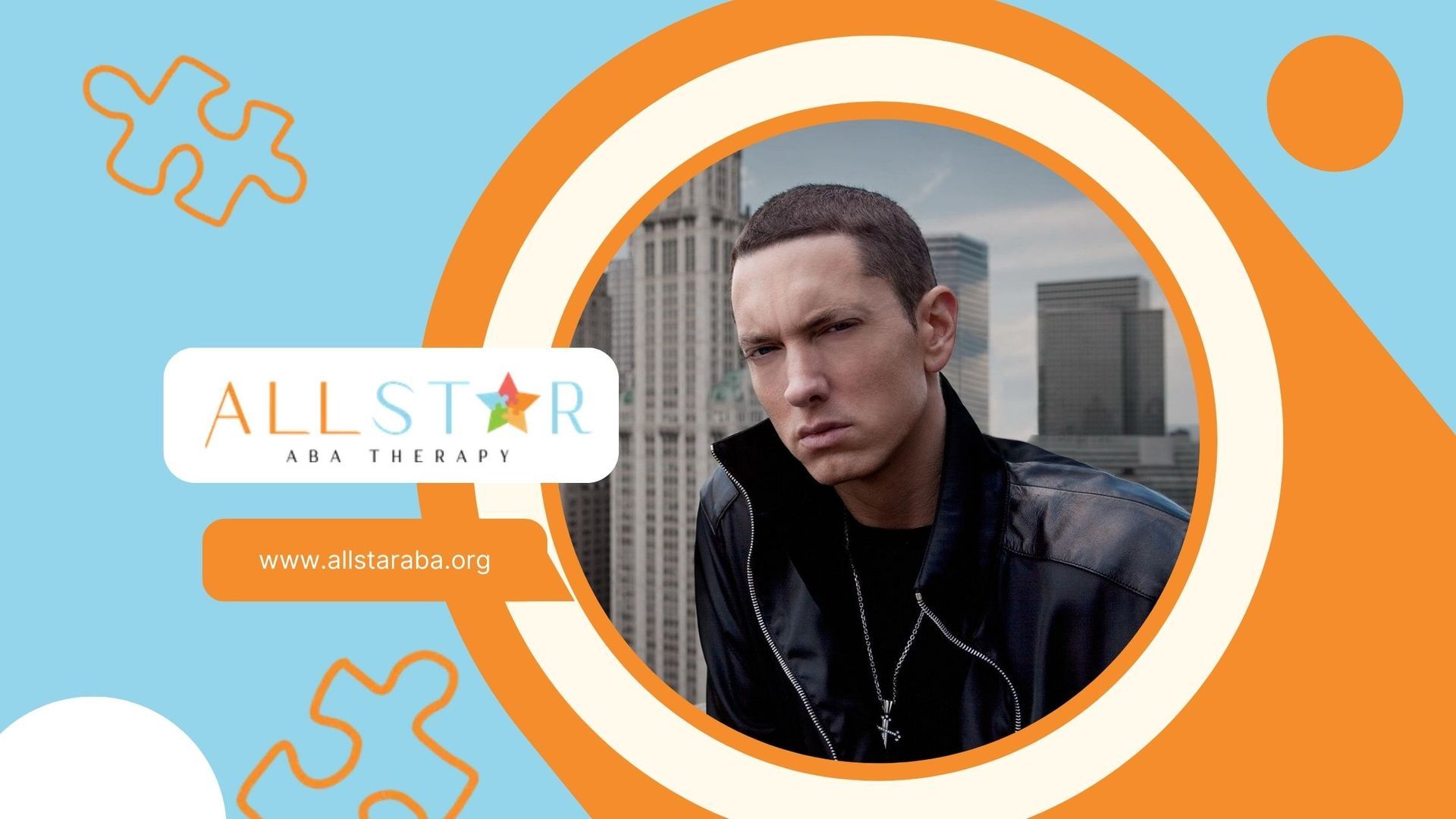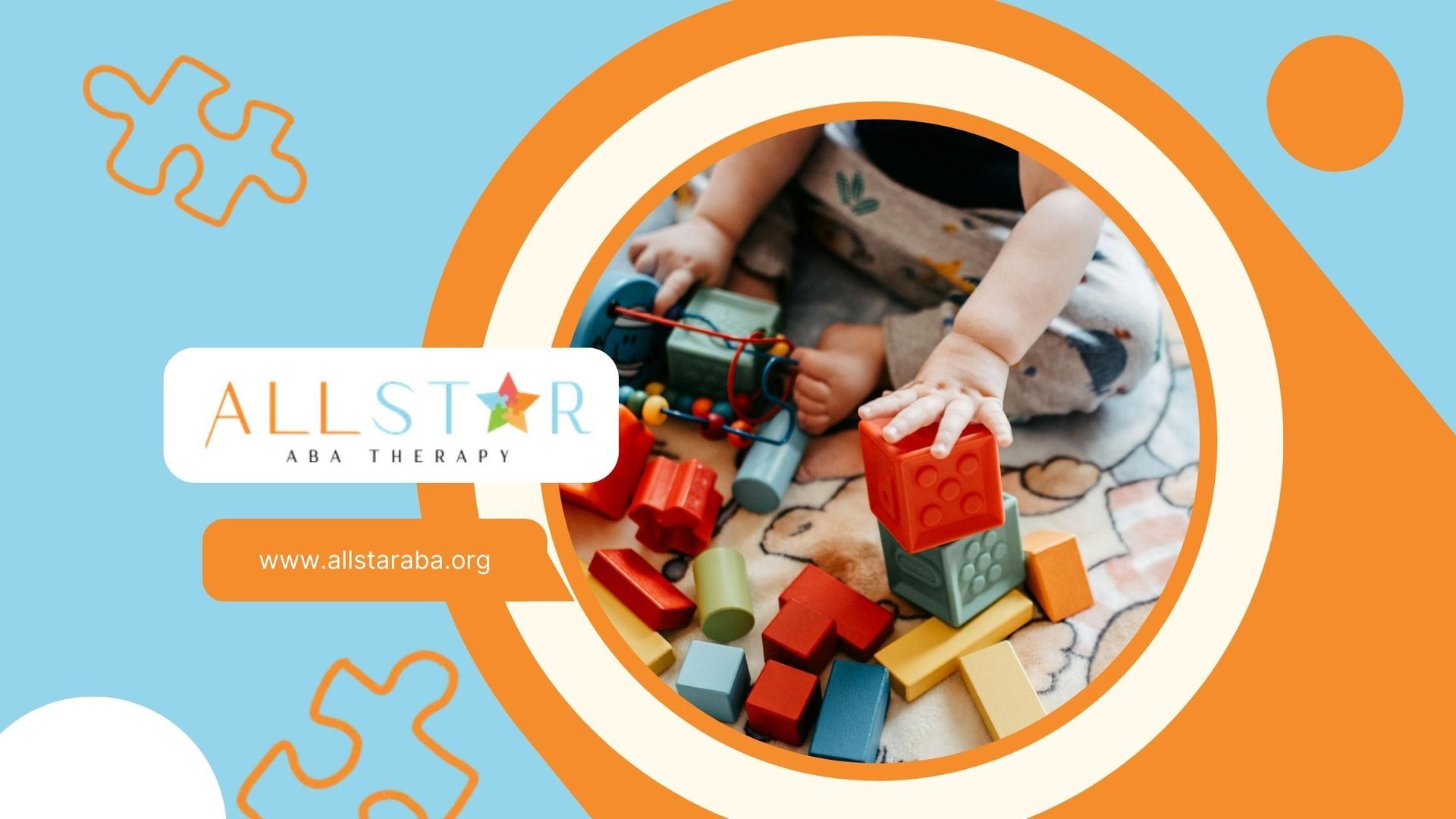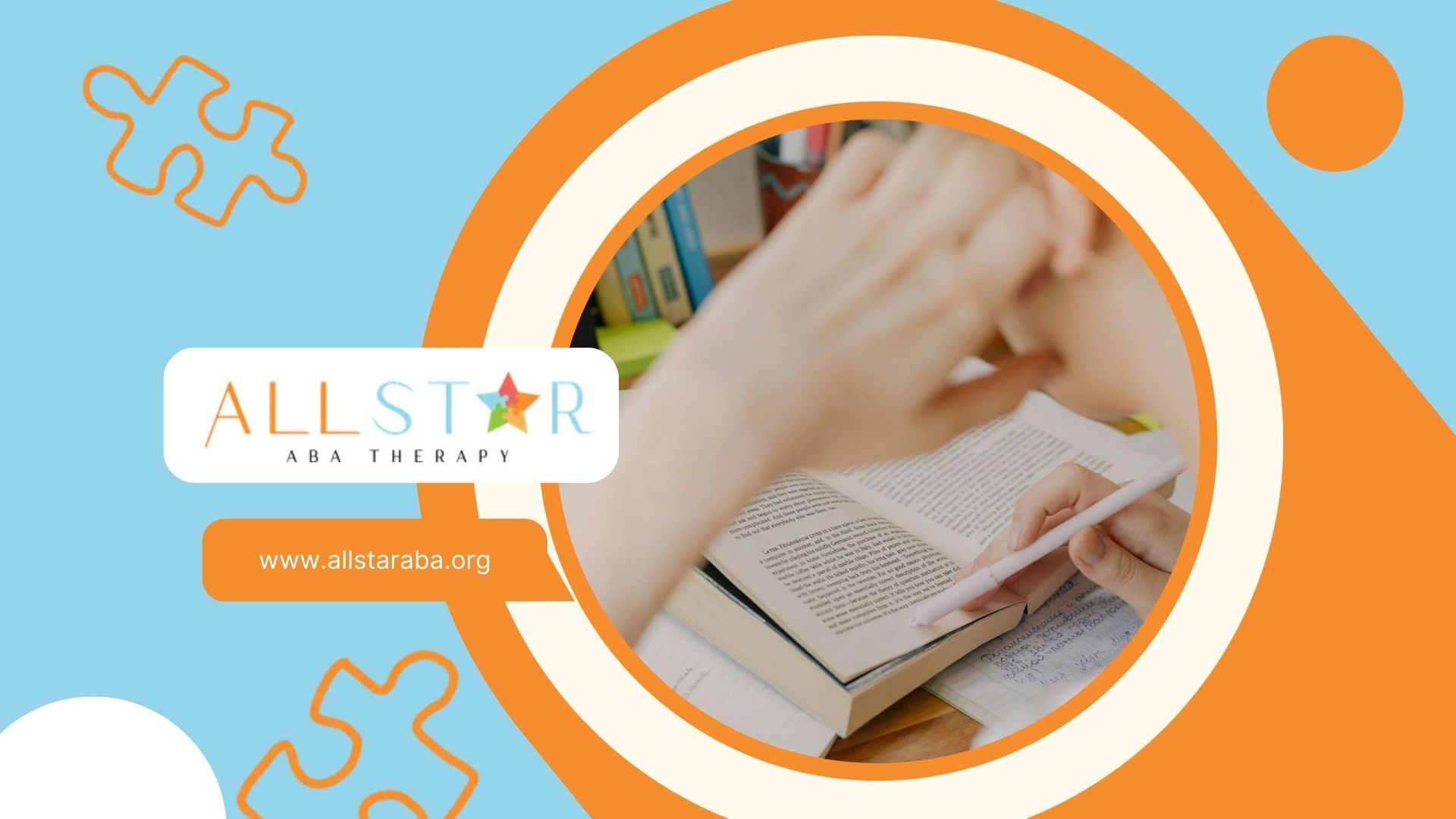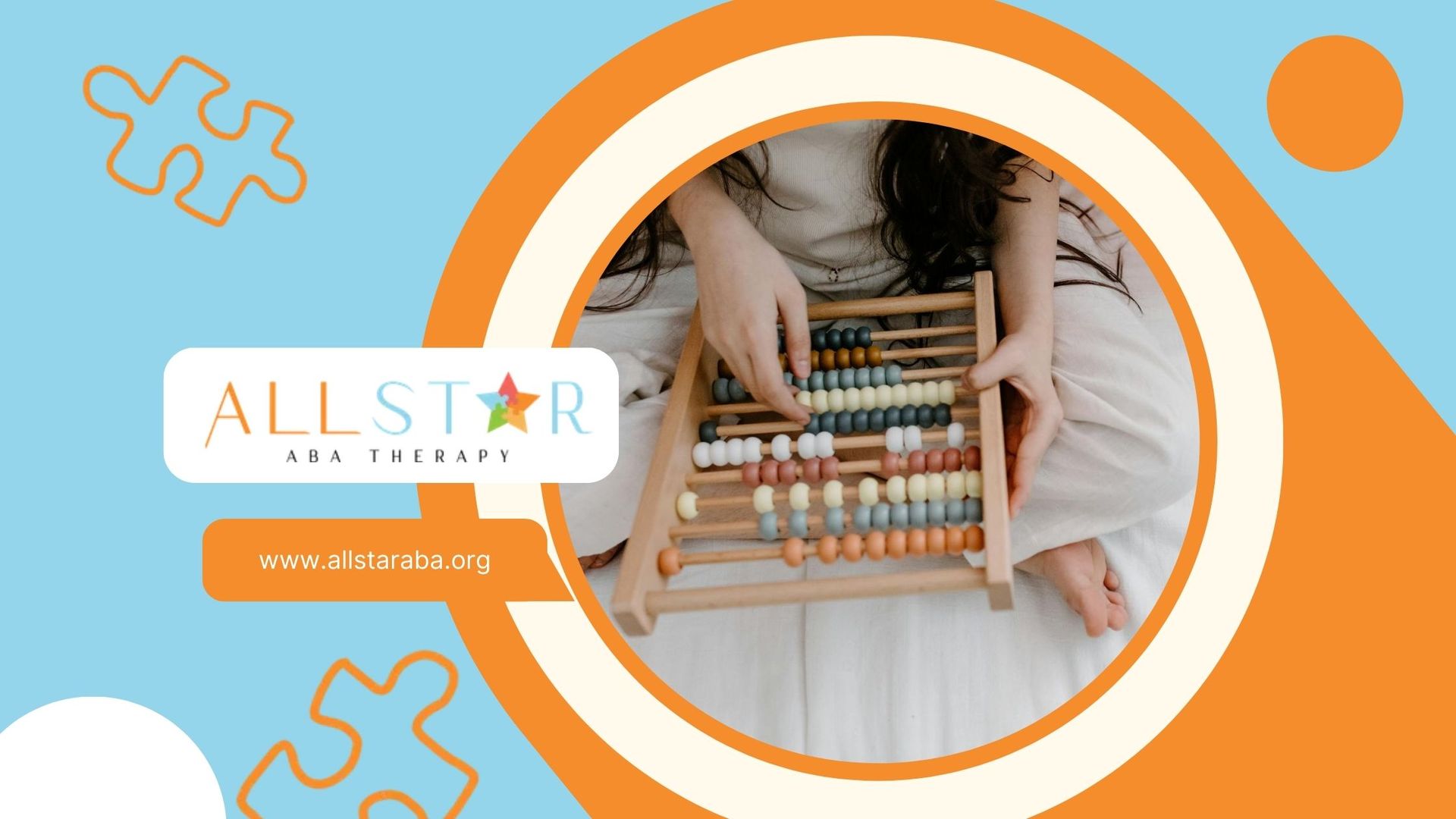New Paragraph
ABA Therapy vs. CBT: Key Differences and Benefits
When it comes to helping individuals with Autism Spectrum Disorder (ASD) or other developmental conditions, families and practitioners often consider different therapeutic approaches. Among the most widely recognized methods are Applied Behavior Analysis (ABA) therapy and Cognitive Behavioral Therapy (CBT). Both therapies have proven effective in various contexts, but they are distinct in their approaches and goals.
What is ABA Therapy?
ABA therapy is a highly structured, evidence-based approach that focuses on improving specific behaviors through reinforcement techniques. It is particularly effective for individuals with autism, as it helps teach new skills, reduce problematic behaviors, and improve overall functioning.
Core Principles of ABA
- Behavioral Focus: ABA therapy centers on the idea that behaviors are learned and can be changed. It uses positive reinforcement to encourage desirable behaviors and reduce undesirable ones.
- Data-Driven: ABA relies heavily on data collection and analysis to track progress and adjust strategies as needed. This ensures that the therapy is tailored to the individual’s needs and goals.
- Individualized Treatment: Each ABA program is customized to the individual, with specific goals based on the person’s unique strengths, challenges, and needs.
- Structured Environment: ABA therapy often involves a highly controlled environment where the therapist can systematically introduce and reinforce specific behaviors.
ABA Therapy in Practice
In practice, ABA therapy might involve a therapist working one-on-one with a child to teach specific skills, such as communication, social interaction, or self-care. The therapist will use a variety of techniques, such as discrete trial training (DTT), to break down tasks into smaller, manageable steps. Each step is practiced repeatedly until the child masters it, with positive reinforcement provided for correct responses.
ABA therapy is typically intensive, with sessions occurring multiple times per week. The structured nature of ABA allows for consistent practice and reinforcement, which is crucial for skill acquisition and behavior modification.
What is CBT?
Cognitive Behavioral Therapy (CBT) is a type of psychotherapy that focuses on identifying and changing negative thought patterns and behaviors. While CBT is commonly used to treat conditions like anxiety, depression, and phobias, it can also be beneficial for individuals with autism, particularly those with co-occurring mental health conditions.
Core Principles of CBT
- Cognitive Focus: CBT emphasizes the connection between thoughts, emotions, and behaviors. It teaches individuals to recognize and challenge negative or irrational thoughts that contribute to problematic behaviors.
- Problem-Solving: CBT is goal-oriented and focuses on teaching practical problem-solving skills. It encourages individuals to develop coping strategies for managing stress, anxiety, and other challenges.
- Short-Term Therapy: Unlike ABA, which can be a long-term intervention, CBT is often time-limited, with treatment lasting several weeks to a few months.
- Client Collaboration: CBT involves a collaborative relationship between the therapist and the client. The therapist helps the client identify negative thought patterns and develop strategies to change them.
CBT in Practice
In a CBT session, the therapist works with the individual to explore how their thoughts influence their feelings and behaviors. For example, a child with autism who experiences anxiety might learn to identify and reframe anxious thoughts.
The therapist would guide the child through exercises to practice new ways of thinking and behaving to reduce anxiety and improve overall well-being.
CBT is often used in conjunction with other therapies, particularly for individuals with autism who may benefit from addressing both cognitive and behavioral challenges.
Key Differences Between ABA and CBT
While ABA and CBT share some similarities, such as their focus on behavior and their evidence-based approaches, they differ significantly in their methods, goals, and applications.
1. Focus and Approach
- ABA: Focuses on observable behaviors and uses reinforcement to shape those behaviors. It is primarily used for skill acquisition and behavior modification in individuals with autism.
- CBT: Focuses on the interplay between thoughts, emotions, and behaviors. It is used to treat mental health conditions by changing negative thought patterns.
2. Therapeutic Goals
- ABA: Aims to improve specific behaviors, such as communication, social skills, and adaptive functioning. The goals are often long-term and require ongoing intervention.
- CBT: Aims to help individuals manage and reduce negative thoughts and behaviors. The goals are typically short-term, with a focus on coping strategies and problem-solving.
3. Treatment Duration
- ABA: Often a long-term commitment, with therapy sessions occurring multiple times a week over several years.
- CBT: Usually a short-term therapy, lasting anywhere from several weeks to a few months, depending on the individual’s needs.
4. Target Population
- ABA: Primarily used for individuals with autism and other developmental disorders. It is especially effective for young children with autism.
- CBT: Used for a broader range of conditions, including anxiety, depression, PTSD, and other mental health issues. It can be adapted for individuals with autism who have co-occurring conditions.
Choosing the Right Therapy for Your Child
Deciding between ABA and CBT depends on your child’s specific needs, challenges, and goals. For children with autism who need to develop specific skills and modify behaviors, ABA is often the preferred choice. ABA’s structured, data-driven approach is particularly effective for young children and those with significant behavioral challenges.
On the other hand, if your child with autism struggles with anxiety, depression, or other emotional issues, CBT may be more appropriate. CBT can help them develop coping strategies and reframe negative thoughts, leading to improved emotional well-being.
In some cases, a combination of ABA and CBT might be the best approach, especially for children with autism who have co-occurring mental health conditions. Working with a team of professionals, including ABA therapists and mental health counselors, can provide a comprehensive support system for your child.
Conclusion
Both ABA and CBT offer valuable tools for helping individuals with autism and other conditions. While ABA focuses on behavior modification and skill development, CBT addresses the cognitive and emotional aspects of behavior. Understanding the differences between these therapies can help you make an informed decision about which approach is best for your child.
At All Star ABA, we specialize in providing personalized ABA therapy that meets the unique needs of each child. Our experienced therapists work closely with families to develop effective treatment plans that promote growth and development. If you’re considering ABA therapy for your child or want to learn more about how it compares to CBT, contact All Star ABA today to schedule a consultation.
FAQs
What is the main difference between ABA and CBT?
ABA focuses on behavior modification through reinforcement, while CBT addresses the connection between thoughts, emotions, and behaviors to treat mental health issues.
Can ABA and CBT be used together?
Yes, ABA and CBT can be used together, especially for individuals with autism who have co-occurring mental health conditions. This combination can provide comprehensive support.
Is ABA therapy only for children with autism?
While ABA is most commonly used for children with autism, it can also be applied to other developmental disorders and behavior challenges.
Need Support?
We're Here to Help!
Our experienced team is ready to assist you. Reach out today to discuss how we can support your child's development and well-being.
Get started with expert ABA therapy today.
Related posts

All Star ABA delivers the gold standard of care, Applied Behavioral Analysis (ABA) therapy, for individuals diagnosed with ASD, from infancy to age 21.
Quick Links
All Rights Reserved | All Star ABA







